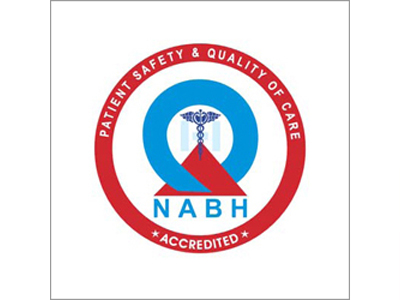Laser refractive surgery is a procedure that helps a patient get rid of glasses by reshaping the cornea using a laser source. Surgery is usually performed to correct myopia, hypermetropia, and astigmatism. It has been proven safe and effective in patients who meet the following criteria:
- At least 21 years old
- Stable vision for at least a year
- Mild to moderate degree of refractive error
- Corneas with good thickness and shape for cornea-based lasers
- Eyes free from any other diseases like glaucoma, keratoconus or cataracts
The advantages of a laser refractive surgery include vision gain of 20/25 or better (meaning they can see well enough to drive without use of glasses); reduced dependence on glasses, and quick recovery.
There are several types of laser refractive surgeries available. An Ophthalmologist will be able to suggest the best one for you based on the specific requirements of your eye.
LASIK(Laser-Assisted in Situ Keratomileusis): A flap is created in the cornea, and the underlying corneal tissue is reshaped with a laser. The flap is then repositioned, promoting a fast recovery and minimal discomfort.
PRK (photorefractive keratectomy) is similar to LASIK but differs in that it doesn't create a corneal flap. Instead, the outer layer of the cornea is removed before reshaping the tissue underneath. The outer layer then grows back naturally over time.
SMILE (Small Incision Lenticule Extraction) involves creating a small incision in the cornea to remove a lenticule (a small piece of tissue) without creating any flap.
For patients with a higher degree of refractive power, a phakic intra-ocular lens, or a clear lens exchange.
Patients need to be aware that much like any surgical procedure, refractive surgeries also have a few associated side-effects such as dry eyes, glare, haloes, under or over correction, and infection in rare instances. Overall, they have a good safety profile with effective results in the long term.
Laser refractive surgeries help reduce the dependence on glasses and offer improved quality of life. While the procedures are generally safe, it's essential to discuss if it's the right choice for you. Since every eye is unique, the choice of surgery needs a personalized approach to achieve the best results.
Few myths about refractive surgery:
1. It’s painful
Laser refractive surgery is typically painless. Numbing drops (anaesthesia drops) are used. Patients mostly report some pressure, with no pain.
2. It’s a new, untested procedure
LASIK has been performed for over 30 years, with millions of satisfied patients. Long-term well documented results are available.
3. The laser can mess up your eye, if you move during surgery
Modern laser systems have eye-tracking technology that adjusts in real-time. If your eye moves too much, the laser will stop until it's re-centered. However, it is recommended for you to look straight during the procedure without any eye movement for the best possible outcome.
4. You’ll never need glasses again
While most people achieve 20/25 or better vision, it doesn't stop the aging process or natural changes. Hence rarely, you might need glasses for distance, and around the age of forty, you would need reading glasses as well.
5. Crystal clear vision since day 1!
The time for visual recovery varies with the type of laser procedure done (LASIK/SMILE/PRK). It takes a while for your eye to heal and the effect to stabilize in your eye. You will experience blurring of vision and sensitivity to light in the initial few days which gets better over time.
6. It can be done in all cases
Not all patients are suitable for laser surgery. Your ophthalmologist will assess and take a call if laser surgery is a safe option for you, on a case-to-case basis.
'Laser refractive surgery is not a one-size-fits-all solution. When a thorough eye evaluation is done to determine the right procedure for each individual, it offers excellent results with high satisfaction rates. Make sure you consult an experienced ophthalmologist', says Dr Sasi Bindu, Ophthalmologist at the LVPEI, Rajasekhara Reddy campus at Kadapa.


